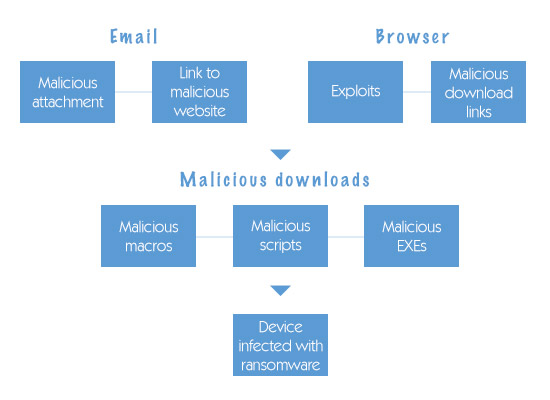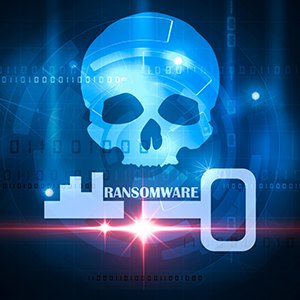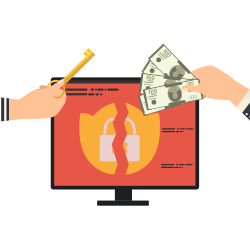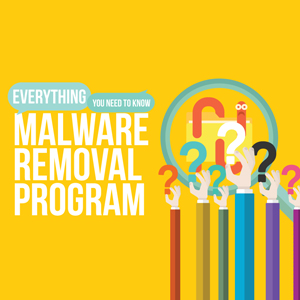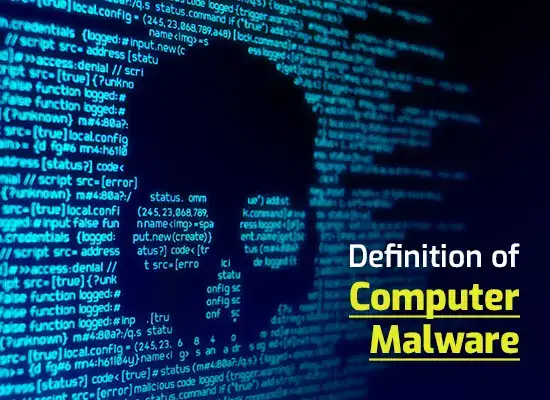THE DEFINITIVE GUIDE TO VIRUS ANALYSIS TOOLS
Updated on October 21, 2022, by Xcitium
 There is a developing area of security tools in the corporate field. Virus analysis tools are well-known in certain areas of security practice. But, those are limited niche practices. Generally, organizations that are not in the business of reversing malware don’t.
There is a developing area of security tools in the corporate field. Virus analysis tools are well-known in certain areas of security practice. But, those are limited niche practices. Generally, organizations that are not in the business of reversing malware don’t.
That doesn’t imply that organizations couldn’t profit from virus analysis tools. Especially, when there is boundless contamination. Virus removal tool comprises of two parts: static and dynamic. Static analysis is reversing the code. Dynamic analysis is an investigation of the malware’s behavior when it fires. Static analysis can lead to a kind of trivial yet critical dynamic analysis. Sometimes, we find IP addresses hard-coded into the malware. Virus analysis tools can inspect them with regards to whatever is left of the code. This is to find out their implications. In dynamic analysis, we watch what the malware does and draw conclusions from what we see. We need both malware analysis tools.
That means that we need a genuine malware lab and trained specialists to man it. There is a spot for that. There has been a spot for virus analysis tools sandbox in the cloud. It analyses malware then prepares it for you to interpret it. True, you still need to train individuals. You don’t know the expense of a completely equipped malware lab. We have to address both the most difficult way and the easiest method for virus analysis tools. The most difficult way possible requires virus analysis tools in your kit. We have the old and manual-assisted code reversing tools as the easiest method. We likewise have two cloud sandboxes. It adopts somewhat different strategies to automate your investigations. Try mentioning virus analysis tools to a regular organization. Sometimes, you hear that analysis is for the anti-malware organizations only. Well, it is. But, virus analysis tools are for mid-to-large organizations too. Knowing where the malware came from helps you blacklist the address. It does help you to guarantee that you have the best possible virus analysis tools set up. It also helps you recover assets should the malware move beyond your safeguards. So, virus analysis tools do have a niche market. It’s a sturdy one and we expect that we’ll see much more of virus analysis tools in the following couple of years.
There are open source virus analysis tools. They can be challenging for some organizations to set up. When they are set up, tuned and in operation, there still is the issue of interpreting their outcomes. For all, except the junior analysts, that’s not a major issue, but it is time-consuming. Using cloud-based virus analysis tools will give you the advantage. You’ll know what the cloud has gained from all the malware it has analyzed. In case you’re a hard-core network security enthusiast, you’ll need the best virus analysis tools. But the real message is that it’s a great opportunity for understanding. This is because malware is entering or trying to enter your organization. You can gain all the features of the Xcitium Forensic Analysis tool. This is a piece of Xcitium’s vow to create trust online. Xcitium Forensic Analysis Tool gives you visibility into the risks against the endpoints. Endpoints hold your most critical assets. It is assessed that traditional antivirus software can catch 40% of all malware in the world. The other 60% is unknown. There is the support of Xcitium’s Valkyrie cloud-based engine. Xcitium Forensic Analysis Tool identifies each unknown file. Run the Xcitium Forensic Analysis Tool. Pick the specific scan targets that best meet your organization’s network setup. The easy-to-use Scan Wizard gives you a choice to pick one of the following scan targets:
- Active Directory: Fitting for a professional workplace where many endpoints should be checked.
- Workgroup: Enables you to add PCs that have a place with a workgroup.
- Network Address: State target endpoints by IP address, hostname, or IP range.
- This Computer: Enables you to run a sweep on your local device.
The Valkyrie analysis platform will find choices for both known and unknown files. Your results will appear in the Xcitium Forensic Analysis Tool interface. Scan results are recorded for each PC by name with their detected files. Each line has a brisk summary of the scan results. It incorporates absolute files examined and what number of malicious or unknown. Analysts can see contaminated records and malicious files. Also, the files that are in an examination and unknown files. All these are found in the Xcitium Forensic Analysis Tool interface. One out of each three gadgets checked with the Xcitium Forensic Analysis Tool is tainted. Be sure that your hardware isn’t one of them. Start with a malware discovery here.

